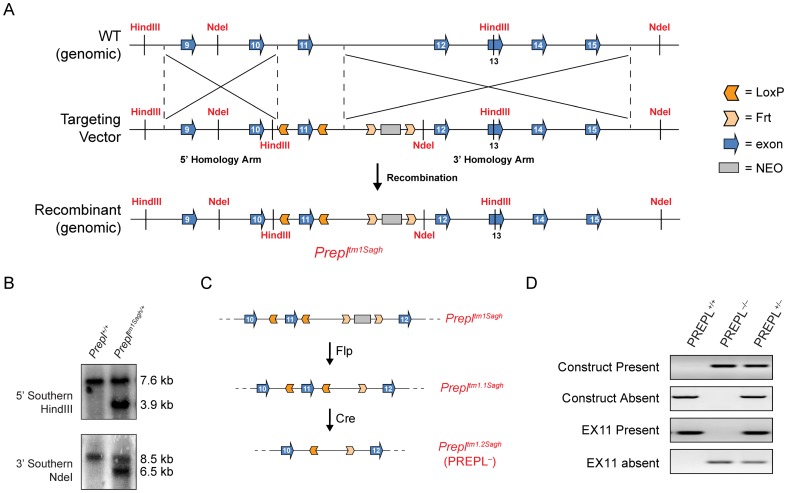Figure 1. Construct design and validation.
A) The genome region around PREPL's exon 11 was used to design a targeting vector for homologous recombination. This vector included a neomycin (NEO) cassette for positive selection, Frt sites flanking the NEO cassette, LoxP sites flanking exon 11, a HindIII restriction site for 5′-Southern blots, and an NdeI site for 3′-Southern blots. Homologous recombination in ES cells generated cells carrying recombinant genomic DNA, which according to standard nomenclature (Genetm#Labcode) is referred to as Prepltm1Sagh. These ES cells were then used to generate chimeric mice designated Prepl+/tm1Sagh. B) The germ line transmission of the Prepltm1Sagh allele to the offspring from chimera-C57BL/6J crosses was confirmed by Southern blots of tail genomic DNA. Restriction digests of the genomic DNA with HindIII (5′) or NdeI (3′), followed by probing with a 5′ or 3′ specific probe generated a single band for Prepl+/+ (left lane), whereas an additional, lower molecular weight band is generated in mice carrying the Prepltm1Sagh allele (right lane). C) Prepl+/tm1Sagh were then crossed with mice expressing Flp recombinase to produce Prepl+/tm1.1Sagh mice (middle) lacking the NEO cassette, and finally crossed with mice ubiquitously expressing Cre recombinase, resulting in Prepl+/tm1.2Sagh mice (bottom) which lack exon 11. We refer to these Prepl+/tm1.2Sagh mice as PREPL+/− mice. D) Representative PCR genotyping results for PREPL+/+, PREPL−/− and PREPL+/− mice. Using this strategy, one can easily distinguish these three genotypes as well as other possible genotypes, such as the Prepltm1.1Sagh allele.

